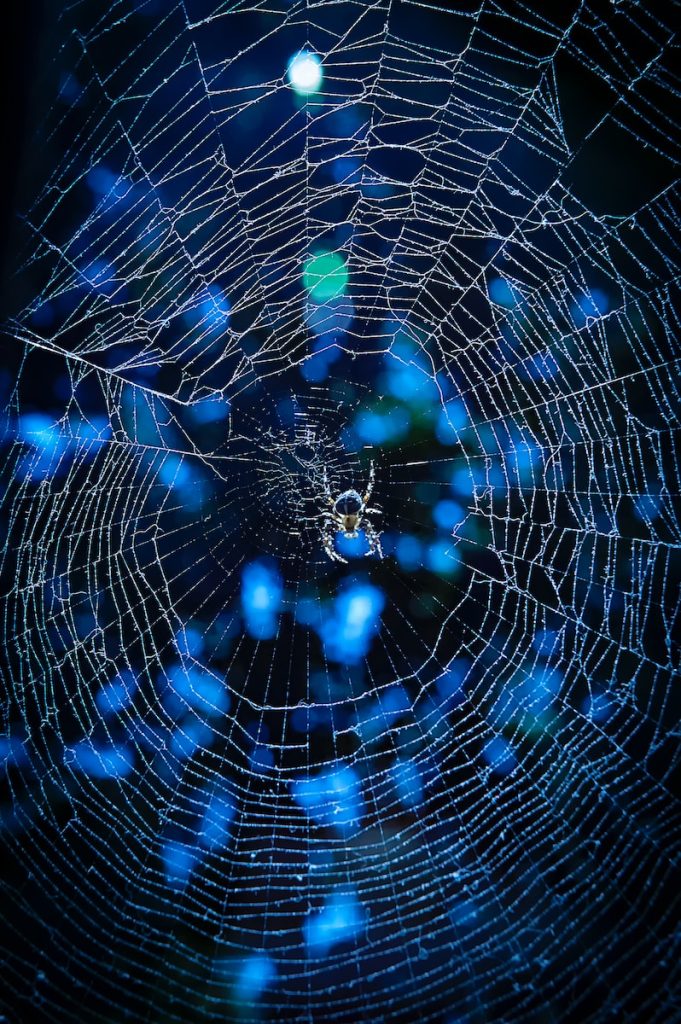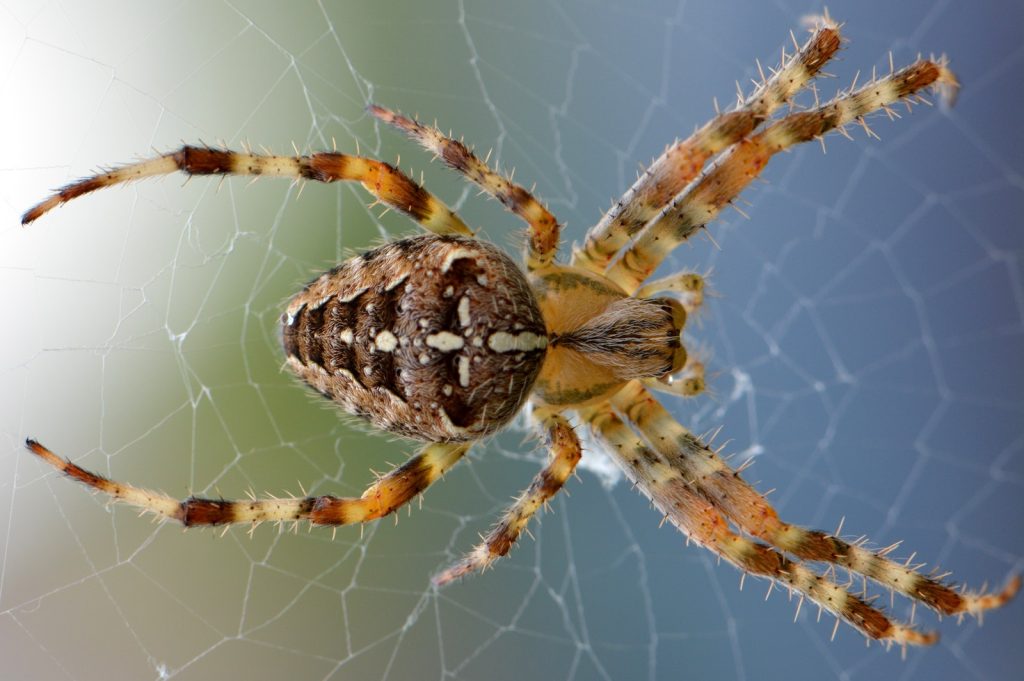Spiders, the master weavers of the animal kingdom, have long captivated scientists with their remarkable ability to produce silk. This envy-inducing skill allows them to effortlessly swing from place to place and even create cozy hammocks whenever they desire a moment of respite. The extraordinary properties of spider silk have intrigued researchers for decades, as its potential applications in the medical field are seemingly boundless.
The key to unlocking the secrets of spider silk lies in understanding its intricate spinning process. If scientists can unravel this mystery and replicate it, artificial spider silk could revolutionize various medical fields. For instance, it could aid in nerve regeneration, facilitating the reconnection between our brain and limbs. Additionally, artificial silk has the potential to deliver drug molecules directly to targeted cells, enhancing the effectiveness of treatments.
Spider silk is primarily composed of proteins known as spidroins, which spiders store in silk glands located in their abdomens. Different types of spidroins exist, each responsible for spinning specific variations of silk. These spidroins are stored in the form of liquid droplets that bear a striking resemblance to oil.
However, one perplexing question has eluded scientists thus far: How do spiders transform these liquid droplets into silk? To shed light on this enigma and bring us closer to replicating the spider’s spinning process, researchers embarked on a quest to understand why spidroins form droplets in the first place.
The researchers discovered that the technique employed by spiders to expedite their spinning process could be harnessed to produce superior artificial silk or develop innovative spinning techniques. In 2017, scientists successfully synthesized silk fibers by mimicking the silk gland’s environment, yet they remained unaware of the internal workings of spiders. It has now been revealed that the initial formation of droplets accelerates the conversion process, leading to the creation of fibers.

A significant breakthrough in understanding the relationship between droplets and fibers arose unexpectedly from research on Alzheimer’s and Parkinson’s diseases. The study focused on two proteins implicated in these neurodegenerative disorders: alpha-synuclein and tau. Interestingly, these proteins can aggregate into minuscule droplets with oil-like properties within human cells.
Tau, a protein crucial for stabilizing the internal structure of brain nerve cells (neurons), assumes a tube-like shape that facilitates the transportation of nutrients and vital substances to different regions of the neuron. In Alzheimer’s disease, an anomalous form of tau accumulates and adheres to normal tau proteins, resulting in the formation of “tau tangles.” On the other hand, alpha-synuclein is abundant in nerve cells responsible for producing dopamine and is associated with Parkinson’s disease when abnormal variants are present.
Oil droplets composed of either alpha-synuclein or tau proteins form entangled structures akin to boiled spaghetti on a plate. Initially, these proteins possess flexibility and elasticity, reminiscent of spidroin oil droplets. However, if the proteins remain entangled, they gradually coalesce into rigid fibers, which can prove toxic to human cells, particularly in neurodegenerative conditions like Alzheimer’s.
Remarkably, spidroins also have the ability to form droplets. This led the researchers to ponder whether the same mechanism that triggers neurodegeneration in humans aids spiders in transforming liquid spidroins into solid silk fibers.
To investigate further, the scientists employed a synthetic spidroin called NT2RepCT, which can be produced by bacteria. Under microscopic examination, they observed that this synthetic spidroin formed liquid droplets when dissolved in a phosphate buffer, a type of salt found in the spider’s silk gland. This breakthrough allowed them to recreate the conditions required for spider silk spinning in the
laboratory settings, paving the way for further exploration.
With the groundwork laid, the researchers delved into studying the behavior of spidroin proteins during droplet formation. To unravel this mystery, they turned to a sophisticated analysis technique known as mass spectrometry, which enabled them to measure the change in protein weight when droplets were formed. Surprisingly, they discovered that the spidroin proteins, which typically pair up, separated into individual molecules within the droplets.
To comprehend how these protein droplets aid spiders in spinning silk, more extensive investigations were warranted. Previous studies had revealed that spidroins possess distinct functional domains, with the c-terminal domain playing a crucial role in fiber formation. This particular domain initiates the process when it comes into contact with an acidic environment.

To test their hypothesis, the scientists synthesized a spidroin solely comprising the c-terminal domain and examined its ability to form fibers. When the proteins were entangled into droplets using the phosphate buffer, they instantaneously transformed into rigid fibers. In contrast, when acid was added directly without first forming droplets, the process of fiber formation was significantly delayed.
This discovery aligns with the fact that spidroin molecules must locate each other to assemble into fibers. The entanglement of spidroins, akin to a plate of intertwined spaghetti, facilitates their rapid assembly into silk.
The implications of this finding are profound, shedding light on how spiders can swiftly convert their spidroins into solid threads. Furthermore, it uncovers a remarkable parallel between the spinning of spider silk and the formation of toxic fibers in the human brain.
This unexpected similarity between the two processes may one day unlock new insights into combating neurodegenerative disorders. Scientists could leverage the knowledge gained from spider silk research, particularly the understanding of spider silk domains, to prevent human proteins from clumping together and turning toxic. If spiders have mastered the art of keeping their sticky proteins in check, there is hope that we too can find a way to mitigate the detrimental effects of protein aggregation.
The study of spider silk continues to captivate scientists worldwide, driven by the immense potential it holds for medical advancements. By deciphering the secrets of nature’s most incredible structures, researchers inch closer to harnessing the power of spider silk for human benefit. As the web of discovery expands, future breakthroughs in the field may bring us ever closer to innovative treatments for neurodegenerative disorders and a host of other medical applications.
The allure of spider silk persists, captivating not only scientists but also the collective imagination of a world eager to witness the marvels of biomimicry. As we unravel the secrets of these remarkable arachnids, we stand on the brink of a new era in medicine, where the silken threads spun by spiders may hold the key to healing and transforming lives.

